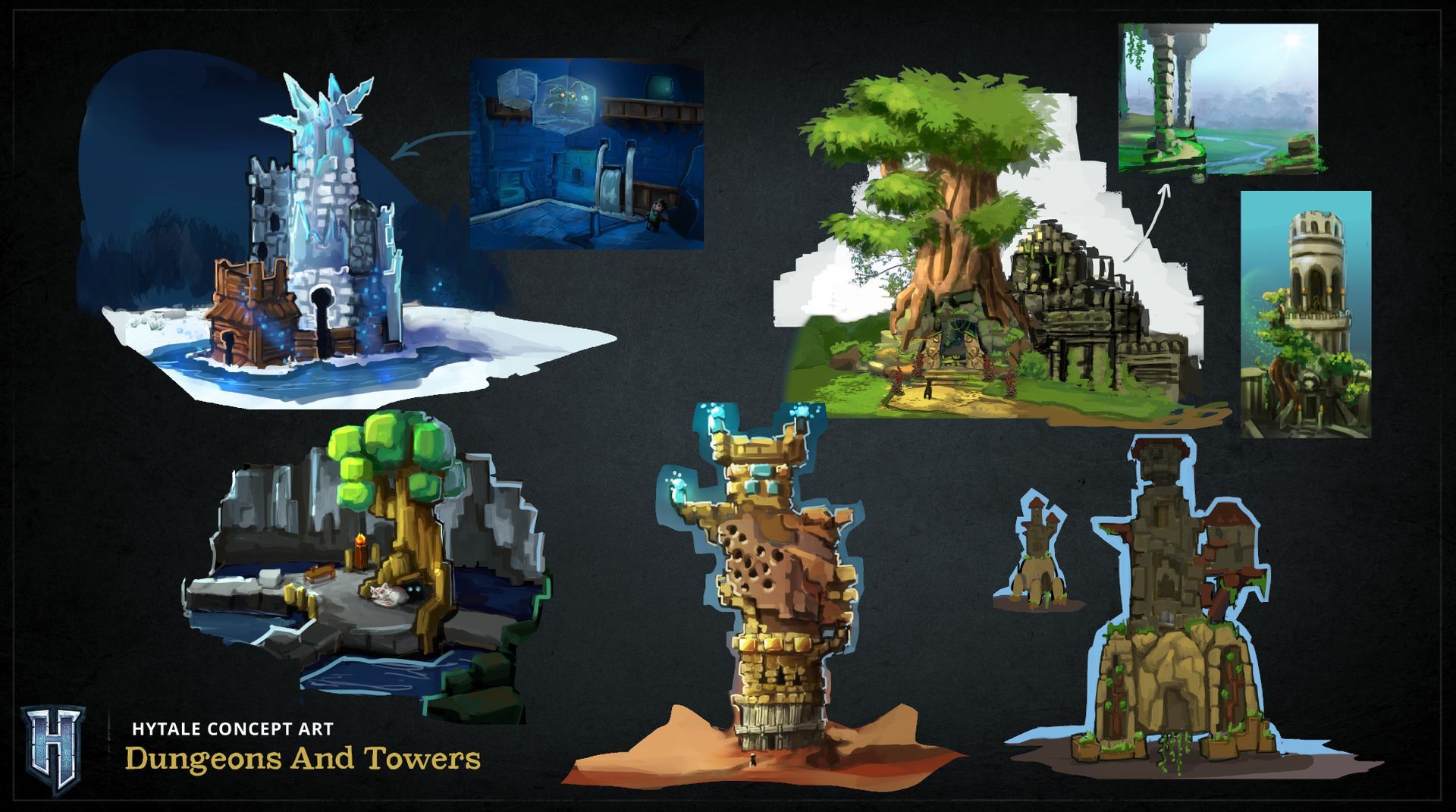Assassin’s Creed Games in Chronological Order: Journeying Through the Complete Timeline

Journeying Through Time: The Complete Assassin’s Creed Timeline
By understanding where we’ve been, we can better appreciate where the series is headed
The Assassin’s Creed franchise stands as one of gaming’s most ambitious narrative undertakings, spanning over two millennia of meticulously recreated historical periods. While most fans experienced these adventures in release order, examining the series chronologically reveals the careful historical tapestry Ubisoft has woven across fifteen mainline entries. Let’s traverse through time and explore how this centuries-long conflict between Assassins and Templars has evolved from ancient Greece to Victorian London.
The Ancient World: Where It All Began
Assassin’s Creed Odyssey (431-422 BC)

The chronological starting point of the franchise isn’t Origins, but rather Odyssey, set during the tumultuous Peloponnesian War between Athens and Sparta. Players control either Kassandra or Alexios, mercenaries who uncover the secretive Cult of Kosmos while navigating the political landscape of ancient Greece.
Though the Assassin Brotherhood hadn’t yet been established, Odyssey lays crucial groundwork for the eternal conflict between order and freedom that defines the series. The game’s DLCs extend this historical journey:
- Legacy of the First Blade (412 BC)
- The Fate of Atlantis (400 BC)
Assassin’s Creed Origins (49-44 BC)

Nearly four centuries later, the true genesis of the Brotherhood unfolds in Ptolemaic Egypt. Origins delivers on its titular promise by showing how Bayek of Siwa and his wife Aya establish the Hidden Ones—the direct predecessors to the Assassin Brotherhood—following a personal tragedy that reveals the machinations of the Order of the Ancients.
This pivotal entry not only introduces the iconic hidden blade but establishes the core tenets that would guide the Assassins for millennia. The timeline continues with its DLC expansions:
- The Hidden Ones (38 BC)
- The Curse of the Pharaohs (34 BC)
The Medieval Era: Brotherhood Ascendant
Assassin’s Creed Mirage (861 AD)

After a significant chronological leap, we arrive in 9th century Baghdad during the Islamic Golden Age. Mirage follows street thief Basim Ibn Ishaq’s transformation into a disciplined member of the Hidden Ones, showcasing a return to the franchise’s stealth-focused roots. The game depicts the construction of Alamut, which would become a pivotal stronghold for the Hidden Ones in the centuries to come.
Assassin’s Creed Valhalla (872-878 AD)

Occurring just eleven years after Mirage, Valhalla thrusts players into the Viking invasion of England. As Eivor, a Viking warrior, players become embroiled in the ancient conflict between Hidden Ones and the Order of the Ancients. Notably, Valhalla features an older version of Basim from Mirage, creating direct narrative connections between these historical periods.
The game’s extensive post-launch content extends its timeline significantly:
- Wrath of the Druids (879)
- Siege of Paris (885)
- Dawn of Ragnarok (885)
- The Forgotten Saga (885)
- The Last Chapter (889)
Assassin’s Creed (1191 AD)

The franchise’s inaugural release transports players to the Third Crusade, where Altaïr Ibn-La’Ahad must redeem himself after a failed mission results in his demotion within the now-formalized Assassin Brotherhood. By this point in history, their adversaries have evolved into the Knights Templar, and the conflict has become deeply ingrained in the Holy Land’s political landscape.
Renaissance Intrigues: The Ezio Trilogy
Assassin’s Creed II (1476-1499 AD)

The Italian Renaissance provides the stunning backdrop for one of the franchise’s most beloved protagonists. Ezio Auditore da Firenze’s transformation from carefree nobleman to Master Assassin begins after the execution of his father and brothers by Templar conspirators. His quest for vengeance evolves into a lifelong commitment to the Assassin cause, unfolding across Florence, Venice, and other iconic Italian cities.
Assassin’s Creed Brotherhood (1499-1507 AD)

Continuing directly from its predecessor, Brotherhood brings Ezio to Rome to dismantle the corrupt Borgia family’s control over the papacy and the city. This entry introduced the revolutionary recruitment mechanics that allowed players to build their own network of Assassins throughout the Eternal City, truly embodying the “Brotherhood” aspect of the franchise’s title.
Assassin’s Creed Revelations (1511-1512 AD)

The concluding chapter of Ezio’s trilogy takes the aging Master Assassin to Constantinople in pursuit of Altaïr’s hidden knowledge. In a narrative masterstroke, Revelations bridges the stories of the franchise’s first two protagonists, creating a cohesive throughline across centuries of the Assassin-Templar conflict.
Age of Exploration: New Horizons
Assassin’s Creed Shadows (1579)

The forthcoming entry in the series, Assassin’s Creed Shadows, will transport players to feudal Japan during the Sengoku period. Players will control dual protagonists: Yasuke, a historical African samurai, and shinobi assassin Naoe. Chronologically, this adventure fits between Revelations and Black Flag, exploring a setting fans have requested for years.
Assassin’s Creed IV: Black Flag (1715-1722 AD)

The Golden Age of Piracy serves as the perfect backdrop for this swashbuckling adventure following Edward Kenway, a privateer-turned-pirate who stumbles into the Assassin-Templar conflict. Black Flag revolutionized the series with its expansive naval gameplay, allowing players to sail the Caribbean while experiencing the waning days of piracy and the rise of imperial powers in the region.
Colonial Conflicts: Revolution and Industry
Assassin’s Creed Rogue (1752-1776 AD)

In a narrative twist, Rogue puts players in control of Shay Patrick Cormac, an Assassin who becomes disillusioned with the Brotherhood and defects to the Templars. This entry provides crucial perspective on the Templar ideology, adding moral complexity to the series’ ongoing conflict while bridging the narrative gap between Black Flag and Assassin’s Creed III.
Assassin’s Creed III (1754-1783 AD)

The American Revolution serves as the historical canvas for Ratonhnhaké:ton (Connor), a half-Mohawk, half-British Assassin fighting to protect his people and support the revolutionary cause. Despite releasing before Rogue, this entry chronologically overlaps with and continues beyond it, depicting how the Assassin-Templar conflict influenced the birth of a new nation.
Assassin’s Creed Unity (1789-1794 AD)

The tumultuous French Revolution provides the backdrop for Arno Dorian’s journey from impetuous youth to seasoned Assassin. Unity presents Paris as an intricate urban playground, where players navigate the chaotic streets while witnessing one of history’s most significant political upheavals through the lens of the eternal conflict.
Assassin’s Creed Syndicate (1868 AD)

The most recent mainline entry chronologically, Syndicate unfolds in Victorian London during the Industrial Revolution. Twin Assassins Jacob and Evie Frye work to liberate the city from Templar control while contending with the societal transformations brought by industrialization. This entry concludes the historical timeline of the main series to date, depicting a world vastly changed yet still embroiled in the ancient struggle between Assassins and Templars.
The Journey Through Time
Experiencing Assassin’s Creed chronologically offers a unique perspective on how the central conflict has evolved across millennia. From the proto-Assassins of ancient Greece and Egypt to the formalized Brotherhood of the medieval and colonial eras, players witness the development of an ideology centered on free will and the resistance against control.
While playing in release order allows fans to appreciate the evolution of gameplay mechanics and the modern-day narrative framing device, a chronological playthrough reveals the careful attention Ubisoft has paid to historical continuity. Each entry builds upon established lore while introducing new chapters in this expansive historical fiction.
As the franchise continues with Assassin’s Creed Shadows and beyond, this chronological framework provides valuable context for understanding how new entries will fit into the grand tapestry of the Assassin’s Creed universe—a universe that has successfully transformed history into an interactive playground for generations of players.






